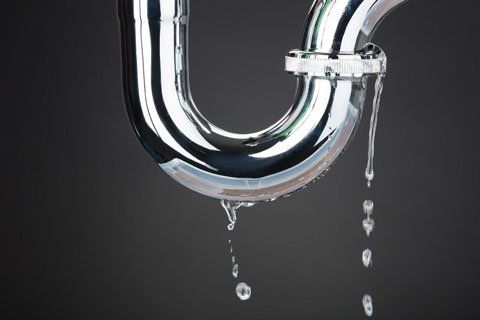The writer is making several great pointers relating to Top leak detection hacks in general in this post on the next paragraphs.

Early detection of leaking water lines can mitigate a possible calamity. Besides conserving you money, it will certainly minimize the irritation and frustration. The minute you locate a leak, calling your plumber for fixings is the best option. Some little water leakages might not be noticeable. If you can not spot it with your nude eyes, below are some hacks that help.
1. Analyze the Water Meter
Every residence has a water meter. Checking it is a proven manner in which helps you find leaks. For starters, turn off all the water resources. Guarantee no person will certainly flush, make use of the tap, shower, run the cleaning device or dishwashing machine. From there, go to the meter and also watch if it will transform. Since nobody is using it, there ought to be no activities. That shows a fast-moving leakage if it relocates. Also, if you find no changes, wait a hr or two as well as check back again. This suggests you may have a sluggish leakage that might also be below ground.
2. Inspect Water Consumption
If you find sudden adjustments, in spite of your consumption being the exact same, it indicates that you have leakages in your plumbing system. A sudden spike in your costs shows a fast-moving leak.
A constant rise every month, also with the same habits, reveals you have a slow-moving leak that's also slowly intensifying. Call a plumber to extensively examine your property, especially if you feel a cozy area on your flooring with piping underneath.
3. Do a Food Coloring Test
30% comes from commodes when it comes to water consumption. Examination to see if they are running correctly. Drop flecks of food color in the container and wait 10 mins. If the shade in some way infiltrates your bowl during that time without flushing, there's a leak between the storage tank and also dish.
4. Asses Exterior Lines
Don't neglect to examine your outdoor water lines also. Examination spigots by attaching a garden hose pipe. Needs to water seep out of the link, you have a loose rubber gasket. Replace this and also ensure all links are limited. It will aid get it professionally examined as well as kept yearly if you've obtained a lawn sprinkler system. One small leak can waste tons of water as well as spike your water expense.
5. Evaluate and also Examine the Situation
Home owners need to make it a habit to inspect under the sink counters and also even inside cupboards for any type of bad odor or mold development. These 2 warnings show a leak so prompt attention is required. Doing routine examinations, even bi-annually, can conserve you from a significant trouble.
Check for stainings and also deteriorating as most pipes and also appliances have a life expectations. If you presume dripping water lines in your plumbing system, don't wait for it to rise.
Early detection of dripping water lines can alleviate a potential catastrophe. Some tiny water leaks might not be noticeable. Examining it is a proven means that helps you find leakages. One little leak can lose loads of water and also surge your water costs.
If you suspect leaking water lines in your plumbing system, do not wait for it to rise.
WARNING SIGNS OF WATER LEAKAGE BEHIND THE WALL
PERSISTENT MUSTY ODORS
As water slowly drips from a leaky pipe inside the wall, flooring and sheetrock stay damp and develop an odor similar to wet cardboard. It generates a musty smell that can help you find hidden leaks.
MOLD IN UNUSUAL AREAS
Mold usually grows in wet areas like kitchens, baths and laundry rooms. If you spot the stuff on walls or baseboards in other rooms of the house, it’s a good indicator of undetected water leaks.
STAINS THAT GROW
When mold thrives around a leaky pipe, it sometimes takes hold on the inside surface of the affected wall. A growing stain on otherwise clean sheetrock is often your sign of a hidden plumbing problem.
PEELING OR BUBBLING WALLPAPER / PAINT
This clue is easy to miss in rooms that don’t get much use. When you see wallpaper separating along seams or paint bubbling or flaking off the wall, blame sheetrock that stays wet because of an undetected leak.
BUCKLED CEILINGS AND STAINED FLOORS
If ceilings or floors in bathrooms, kitchens or laundry areas develop structural problems, don’t rule out constant damp inside the walls. Wet sheetrock can affect adjacent framing, flooring and ceilings.
https://www.servicemasterbyzaba.com/blog/how-to-detect-water-leakage-in-walls/

Do you like reading up on Finding hidden leaks? Leave a remark directly below. We'd be interested to listen to your feelings about this blog post. We hope that you visit us again in the future. Do you know somebody who is in to the niche? Be sure promote it. I truly appreciate reading our article about Finding hidden leaks.